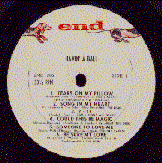 The George Goldner Story
The George Goldner Story When one contemplates the music business of the ‘50s and ‘60s, the era which produced rock
and roll and drastically changed the musical tastes of the entire world, one name which comes to mind is
George Goldner. George Goldner had many labels over the years, starting with Tico in 1951 ending with
Firebird in 1970.
George Goldner was born in 1918 in New York City. In the early ‘50s, George started running dance
halls in metropolitan New York City and New Jersey. At that time he was married to a Latin-American
girl, who introduced him to Latin music, an idiom which he grew to love. He became so involved in Latin
music that he narrowed his dance hall activity to one which specialized in this music. He decided to form
a record label to record this type of music which was drawing increasing numbers to his dance halls. In
1948 he formed the Tico record label, named after a Latin standard "Tico Tico". The label Tico soon
became the most prominent label in the Latin music field with influential artists Tito Puente, Joe Loco,
Machito and Tito Rodriguez.
A national mambo/cha-cha craze in the early ‘50s began to draw a more diversified audience to his
dance halls including black people who brought with them a new kind of music, or at least new to
George Goldner. This music was "Urban Blues," heavily influenced by gospel. Goldner became deeply
involved with this new form of music and decided to try to find groups to record. Since Tico was
identified with Latin music, he formed a new label called Rama in early 1953. This label was to record
"race" music as R&B was called in those days. Rama released several sides which sold well in the
Rhythm and Blues market, but it was the release of "Gee" by the Crows which made musical history.
Some people call "Gee" by the Crows the first rock and roll record.
Goldner was having considerable success with Rama, but at that time disc jockeys would play only a
limited number of records on any one label, so he took the name of his most successful song to date
and formed Gee Records. Shortly after forming Gee, George discovered Frankie Lymon and the
Teenagers and produced "Why Do Fools Fall in Love", which set the style for countless other recordings
to follow.
Sometime in late 1955, Goldner sold 50% interest in all three labels to Joe Kolsky, who was a in
business with Morris Levy, a nightclub owner. In January of 1957, Joe Kolsky and George Goldner
founded Roulette Records with Morris Levy as President of the company, but the partnership did not last
long. The April 6, 1957, Billboard Magazine announced that "(George) Goldner has sold his interests in
the Roulette, Rama, Gee and Tico labels outright to the Morris Levy Combine."
Sometime in early 1957, George Goldner formed the End and Gone labels. One of the successful
groups on Gee had been the Valentines, who had a lead singer named Richard Barrett. George
Goldner discovered that Richard Barrett had a real feel for the music and soon he was bringing in his
own discoveries and arranging and producing records on End and Gone. One of the first groups Barrett
brought to the company was the Chantels, with a superb lead singer named Arlene Smith.
Richard Barrett's production of "He's Gone" by the Chantels was one of the first releases and a big
success on the End Record label. The Chantels ushered in the girl group era of rock and roll. The Gone
Label got off to an auspicious start with "Don't Ask Me Why" by the Dubs and End scored again with
"Tears on My Pillow" by Little Anthony and the Imperials.
In 1956, Goldner formed a partnership with Bill Buchanan and Dickie Goodman for the purpose of
releasing Buchanan and Goodman novelty records. Originally intended to be called Universe, they had
already started pressing their first record with the Universe name when they discovered that there was
another record company by that name, rather than scrap the records, they used a marking pen to add
the letter "L" to the word to form Luniverse Records. Their first release was "The Flying Saucer" which
used bits and pieces of already existing records to produce a story about flying saucers landing on earth
which sold well over a million copies.
Sometime in the early 1960s, George Goldner also sold End and Gone to Morris Levy's Roulette
Records, but he continued in the record business. In 1964, he formed a partnership with Jerry Leiber
and Mike Stoller to start the Red Bird Record company (See Red Bird Record Discography). Red Bird
was very successful, with it's first release "Chapel of Love" by the Dixie Cups reaching Number 1 on the
national charts. They had other successes with the Dixie Cups, Shangri-Las and Ad-Libs. The
partnership lasted through mid-1966, when Leiber and Stoller sold their interest in the company to
Goldner for one dollar. Goldner continued with Red Bird for about another year, but without Leiber and
Stoller and their creative team (Jeff Barry & Ellie Greenwich, George "Shadow" Morton, etc.), the hits
stopped.
Early in 1970, George Goldner formed Firebird Records, but on April 15, 1970 he died suddenly at the
age of 52. George Goldner was one of the major forces in the modern record business, and for this he
will never be forgotten.
Many of the Goldner songs, starting as early as 1956, were recorded either in serial mono (by bouncing
between recorders while overdubbing) or in multitrack. The stereo multitracks generally remained in
Roulette's vaults until the 1980s, when Bob Hyde (who at that time ran the small reissue label Murray Hill
Records), talked Morris Levy (owner of Roulette) into letting him search through the vaults. Hyde teamed
up with reissue producer Little Walter DeVenne to remix or reissue much of the Roulette and George
Goldner catalog in stereo. Roulette and its labels were sold to Rhino around 1990, after which the stereo
became generally available on CD.
We would appreciate any additions or corrections to this discography. Just send them to us via e-mail. Both Sides Now Publications is an information web page. We are not a catalog, nor can we provide the records listed in the associated discographies. We have no association with George Goldner or his family. Should you be interested in acquiring albums listed in the accompanying discographies (which are all out of print), we suggest you see our Frequently Asked Questions page and follow the instructions found there. This story and discography are copyright 1999, 2019 by Mike Callahan.
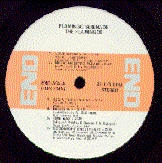 End Label Album Discography
End Label Album Discography 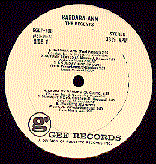 Gee Label Album Discography
Gee Label Album Discography 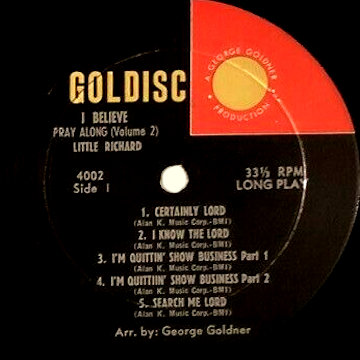 Goldisc Label Album Discography
Goldisc Label Album Discography 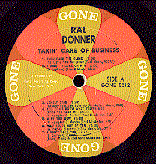 Gone Label Album Discography
Gone Label Album Discography 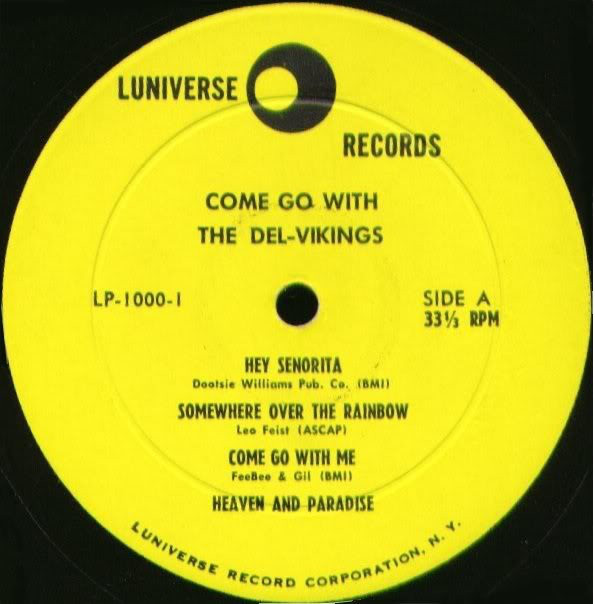 Luniverse Album Discography
Luniverse Album Discography 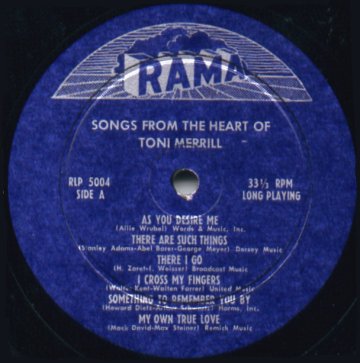 Rama Album Discography
Rama Album Discography 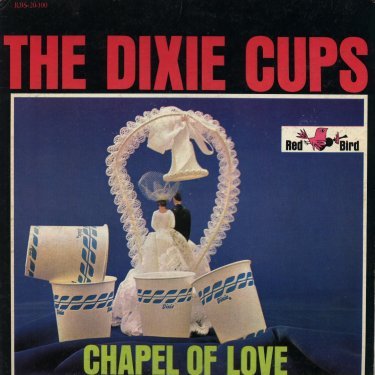 Red Bird Label Album Discography
Red Bird Label Album Discography 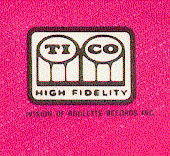 Tico Album Discography
Tico Album Discography  Back to the Discography Listings Page
Back to the Discography Listings Page  Back to the Both Sides Now Home Page
Back to the Both Sides Now Home Page